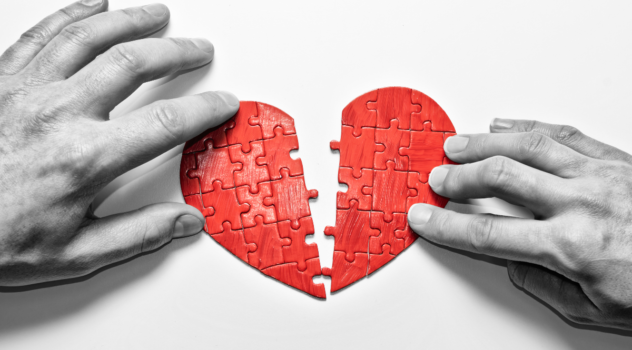Did you know most of your thoughts, feelings and characters are formed in childhood? It is not natural that you hate being around people, can’t live without your loved ones’ validation, or are constantly jealous by default. You most likely were trained to believe that way.
This usually happens because of the response primary caregivers give their wards when they are most needed. Their response influences the child’s thoughts, beliefs and actions. This is what is referred to as attachment styles from the attachment theory.
Attachment theory, developed by psychologist John Bowlby, describes different patterns of emotional bonding and attachment that individuals develop with their primary caregivers during early childhood. In this theory, there Are four types of attachment styles:
- Secure Attachment: People with a secure attachment style have a positive view of themselves and others. They feel comfortable with intimacy and independence and trust their caregivers to be available and responsive when needed. They understand that if their partners leave, they will come back. Securely attached individuals believe in mutual love and trust in their relationship. They know how to have healthy, open and honest communication. They can have healthy, trusting relationships and are comfortable seeking support from others.
- Anxious-Preoccupied Attachment: Individuals with an anxious-preoccupied attachment style are often attuned to others’ needs but struggle to trust others’ availability. They desire close relationships but fear rejection and abandonment. They mostly worry about their worthiness of love and constantly seek reassurance or validation from their partners. They also tend to be excessively dependent on their partners and struggle with insecurity and jealousy. They are preoccupied with fears of how their relationship will fail. Usually, a person with this attachment style will have low self-esteem.
- Avoidant-Dismissive Attachment: People with an avoidant-dismissive attachment style typically don’t feel the need to develop close bonds or relationships. They value independence and self-reliance but avoid close relationships and emotional intimacy to prevent getting hurt. They often have difficulty trusting others and tend to suppress their emotions or withdraw when they feel vulnerable. They often prefer to deal with problems independently and may fear being engulfed or controlled by others. They would consider partners needy when they seek emotional closeness.
- Fearful-Avoidant Attachment (also known as Disorganised Attachment): Individuals with a fearful-avoidant attachment style often sabotage close relationships. In childhood, they may have experienced inconsistent or abusive caregiving, leading to confusion and conflicting emotions about relationships. They desire close connections but also fear getting hurt. They mostly exhibit contradictory behaviours, such as seeking closeness with others but pushing them away due to fear or mistrust. They are constantly thinking of the underlying negative motives of their partner. They often second-guess their every move to feel safe or validate their option of exiting the relationship.
Reflect on these attachment styles to identify which you exhibit. It is important to note that these styles are not mutually exclusive. You can exhibit more than one style, although one may be more significant than the other.
READ ALSO FROM NIGERIAN TRIBUNE






